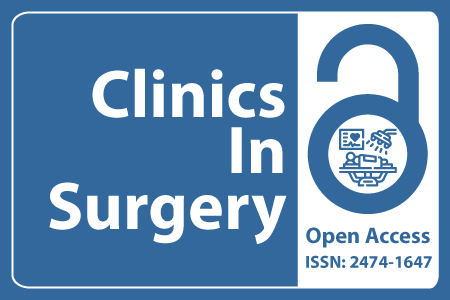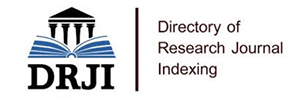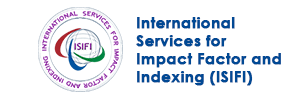
Journal Basic Info
- Impact Factor: 1.995**
- H-Index: 8
- ISSN: 2474-1647
- DOI: 10.25107/2474-1647
Major Scope
- Transplant Surgery
- Pediatric Surgery
- Obstetrics Surgery
- Orthopaedic Surgery
- Neurological Surgery
- Ophthalmic Surgery
- Surgical Oncology
- Colon and Rectal Surgery
Abstract
Citation: Clin Surg. 2017;2(1):1452.Mini Review | Open Access
Insights into the Venous Hemodynamics of the Lower Extremity
Cestmir Recek
Department of Surgery, University Hospital, Hradec Kralove, Czech Republic 21130 Vienna, Mantlergasse 24, Austria
*Correspondance to: Cestmir Recek
PDF Full Text DOI: 10.25107/2474-1647.1452
Abstract
Purpose: This review study pays attention to motive forces that influence the return of venous blood and venous hemodynamics in the lower extremity, deals with the occurrence and hemodynamic consequences of saphenous reflux, assesses the pathogenic significance of calf perforators and femoral and popliteal vein incompetence, and explains the term hemodynamic paradox.
Method: Information gained from PubMed and based on 28 articles published in the literature was used to compile the article.
Results: Calf pump activity is the most important motive force propelling venous blood from the lower extremity toward the heart against the gravitation force. It produces decrease in venous pressure below the knee, creates ambulatory pressure gradient and thereby preconditions for the occurrence of saphenous reflux. Saphenous reflux causes ambulatory venous hypertension. Calf perforators do not induce hemodynamic disturbance; the outward flow within them is no reflux but a physiological, toward the heart oriented flow. Similarly, femoral and popliteal vein incompetence per se does not cause hemodynamic disorders. The tenacious tendency of varicose veins to recurrence is caused by a curious hemodynamic phenomenon called hemodynamic paradox. Conclusions: Saphenous reflux in primary varicose veins is responsible for the development of the hemodynamic disorders and chronic venous insufficiency, whereas incompetent calf perforators and incompetence of the femoral and popliteal vein are hemodynamically irrelevant. A curious phenomenon called hemodynamic paradox is apparently responsible for the tenacious tendency of varicose veins to recur.
Keywords
Venous reflux; Incompetence of the femoral/popliteal vein; Hemodynamic paradox
Cite the article
Recek C. Insights into the Venous Hemodynamics of the Lower Extremity. Clin Surg. 2017; 2: 1452.













